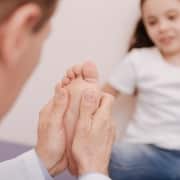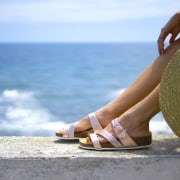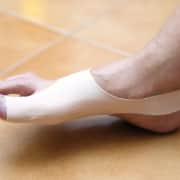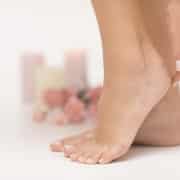Why Does My Child Have Terrible Foot Odor?
You’re at home watching television when suddenly a strange odor fills the room. You look around wondering what could be causing that smell? And then you see it: your child has just taken off their shoes.
This scenario is common and frustrating. If your child has terrible foot odor, you may need help from a foot doctor in Austin TX. Knowing the cause of this problem and what you can do about it can help save your child from an embarrassing and uncomfortable problem.
What Causes Foot Odor in Children?
Many children have foot odor due to bacteria on their feet. The bacteria that lives on your child’s foot creates organic acids that have an odor. For some children, the odor is especially bad because the bacteria on their feet include Kyetococcus sedentarius, a bacteria that also produces volatile sulfur compounds.
What Can You Do to Resolve Foot Odor?
There are many things you can do to help your child resolve their foot odor.
- Have your child wash their feet every day using warm soap and water.
- Ask your child to switch shoes each day, so they wear several different pairs throughout the week.
- Give your child socks for athletes, which are made to be breathable and absorb moisture.
- Give your child breathable shoes; avoid shoes that are made from non-breathable materials like plastic.
- Check all your child’s shoes to get rid of shoes that are too tight, as they may cause your child to sweat more and produce more bacteria.
Your child could also have a foot fungus such as athlete’s foot, especially if they’ve been running around in water shoes all summer long. Some foot fungus problems can be damaging as well as uncomfortable. If you’re concerned about your child’s foot health, contact Dr. Jeffrey Lamour, DPM, PA for foot fungus services in Austin, TX.








